You’re almost done outfitting your kitchen with a beautiful and functional sink! Now that you’ve chosen the type and material of your sink, it’s time to finish it off with a faucet and other fixtures. Don’t skimp here – the faucet is a most important fixture in your kitchen, and if you’re not happy with it every kitchen task will be frustrating. Choose the best faucet that you can afford. Making the decision may seem daunting (I still remember when I found out that faucets don’t come with the sink!) but follow our guide and you’re sure to find the right one for you!
Mount
First, you need to decide what kind of mount you prefer. If you are adding a faucet to an existing sink or counter, first check how many holes you have – it’s important! If you have only one hole, you’ll need to choose a single-hole faucet to fit it. Don’t worry; you can still find lots of faucets in single-hole configurations.
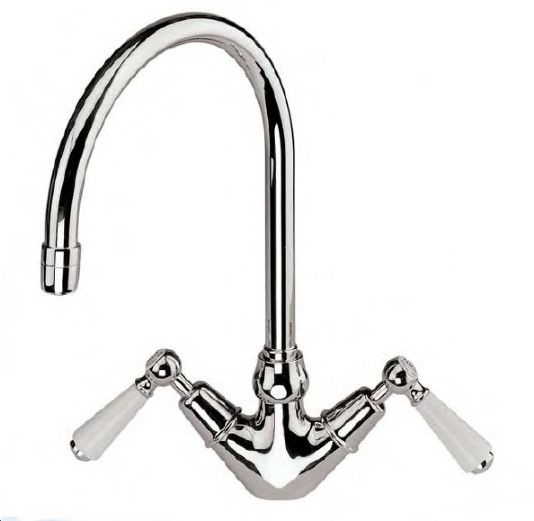
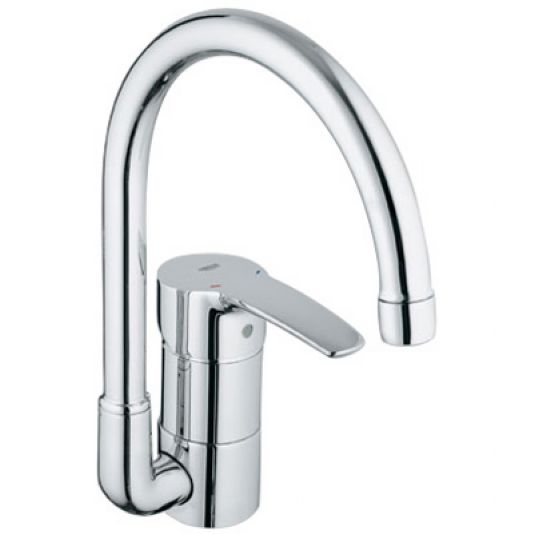
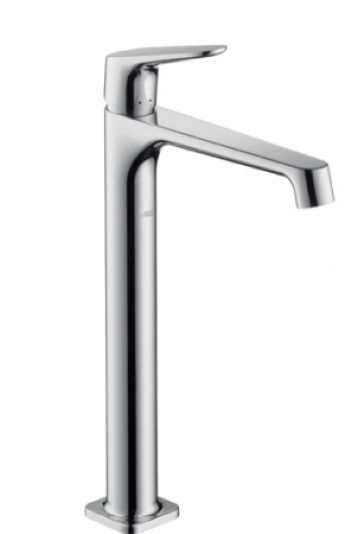
If you have more than one hole, you can choose a bridge faucet or widespread faucet with or without other accessories (like a soap dispenser, sidespray, or hot water faucet). Measure the spread (the distance between holes) that your current configuration can accommodate.
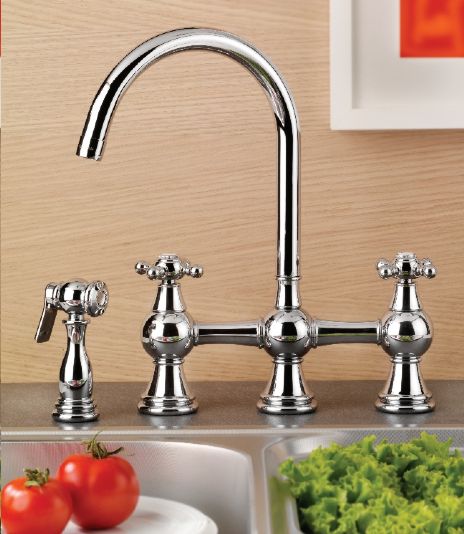
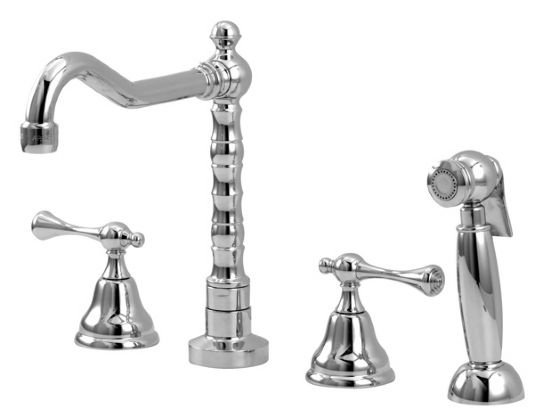
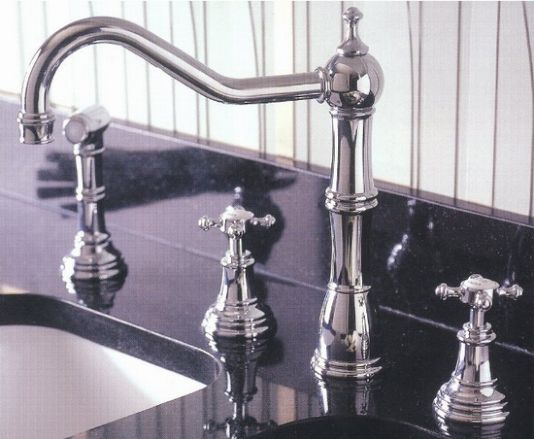
No holes in your sink or counter? Consider a wall-mounted faucet. These are commonly paired with apron-front farmhouse sinks for a rustic, country look. Just make sure that the faucet extends far enough over your sink.
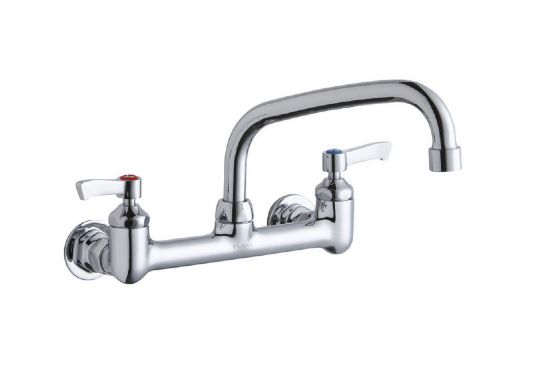
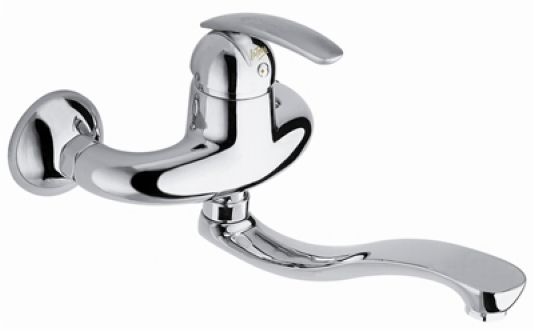
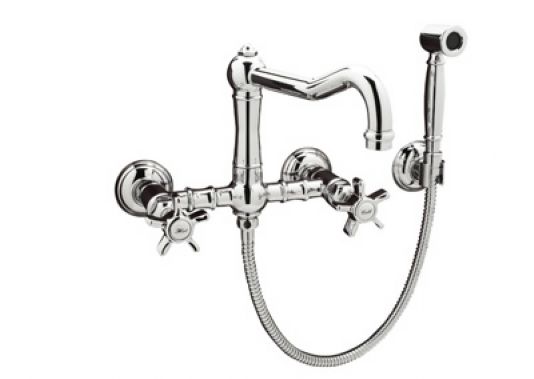
Handle type (single lever, side-mounted handles, touch-sensitive spout)
Now think about how you want to turn on the faucet. The most popular type of handle today is a single-lever, which allows one to turn on the water without (excessively) touching the handle, keeping the kitchen cleaner and more sanitary. If your hands are full or greasy, you can use your forearm to turn on the water. Single-lever faucets are also easier to install than side-mounted handles. While a single-lever keeps the lever at the last temperature setting (handy if you like your water at a certain temperature), one positive aspect of side-mounted handles (aside from the look – some people prefer the dual-handle appearance) is that they make precise temperature setting easier.
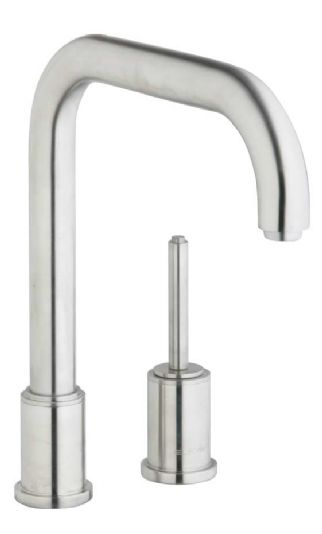
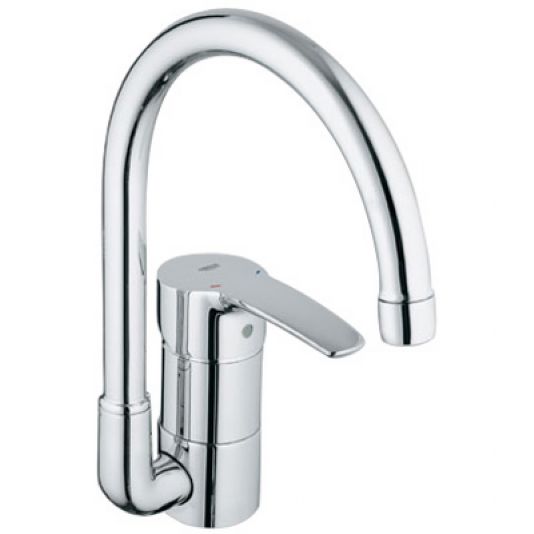
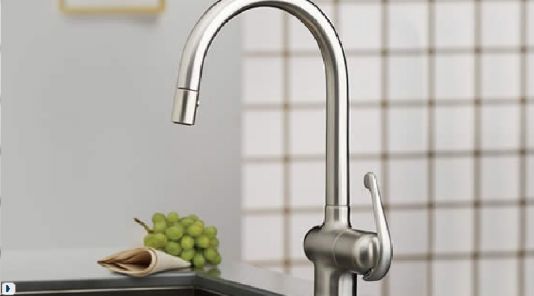
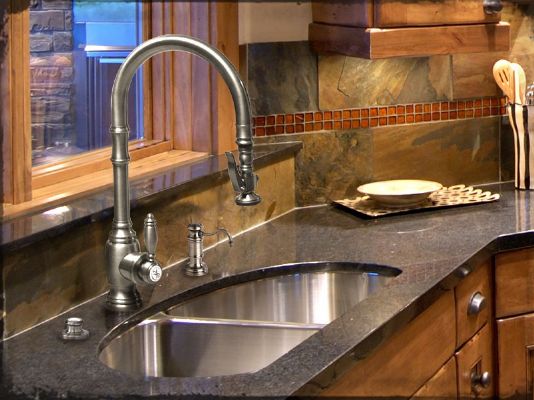
Sprayer type
Adding a sprayer to the faucet will make washing dishes and cleaning the sink infinitely easier. Many faucets now include an integrated sprayer in the head, but you can opt for a multi-piece set with a separate sprayer if you have available holes. The best option (and preferred by professional chefs) is generally a faucet with a pull-down spray head, which allows the user to simply pull out the sprayer head and then retract it back into the main spout.
Three important points to consider when choosing an integrated spray head: 1. make sure it’s good quality; an inferior sprayer, especially a pull-down, will break easily; 2. pick one with an easily accessible spray/stream button to change flow type; and 3. ensure that the sprayer will reach all corners of the sink.
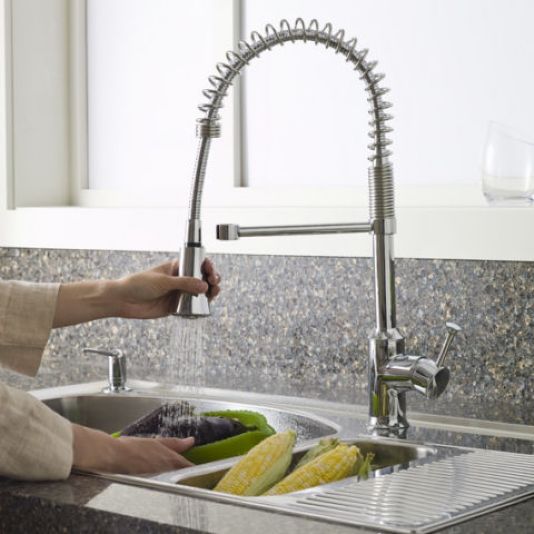
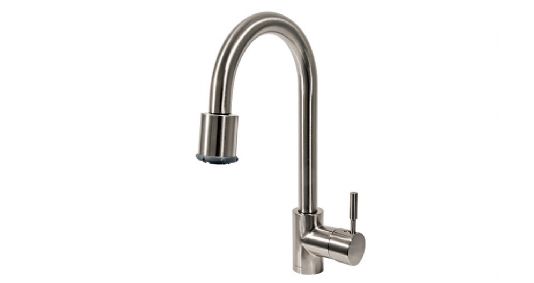
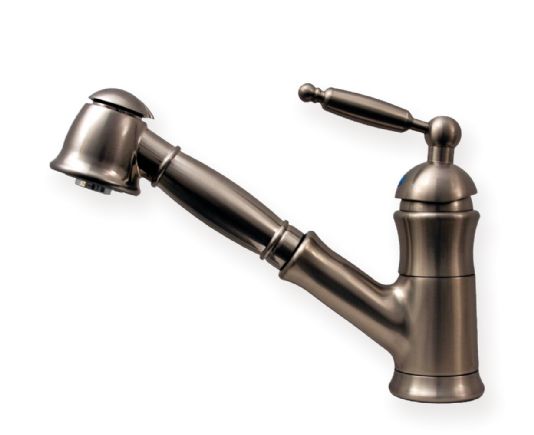
Faucet style
The style of your faucet is largely decided based on taste. Bridge faucets are currently trendy, and high-arc faucets are generally popular. Use caution when choosing a high-arc faucet, though: check the height! If it’s too high (and your sink is shallow), water will splash all over. If it’s too low, or you’re choosing a lower or non-arcing faucet, you may not be able to wash large bakeware or fill pots in the sink.
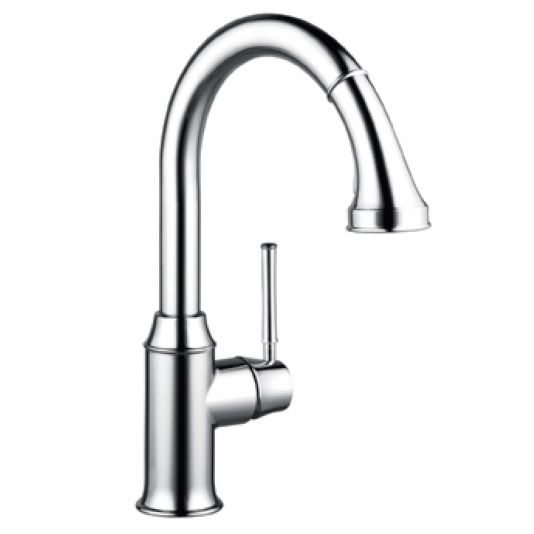
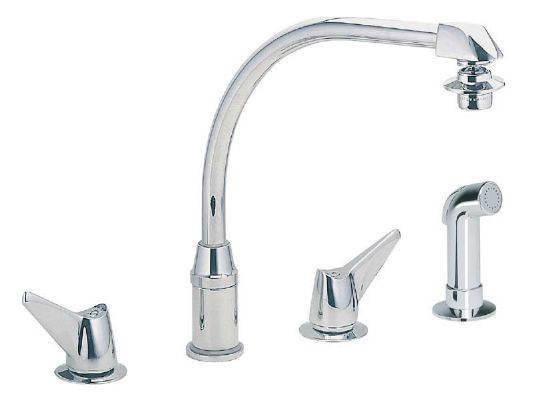
Pick a finish that coordinates well with the rest of your kitchen color scheme (cabinet hardware, drawer pulls, counter colors). A matte finish is typically less prone to water spots; shiny chrome helps your faucet stand out; brushed nickel will look richer and elegant; and bronze (pick one with PVD finish) or oil-rubbed finishes lend a country feel to your sink.
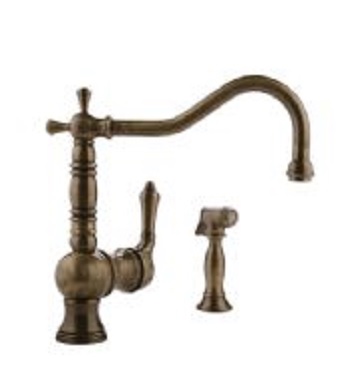
Accessories
If you have several holes to fill in your sink, consider a side spray, soap dispenser, and/or automatic hot water faucet (some faucets include these fixtures in the faucet itself for single-hole installation).
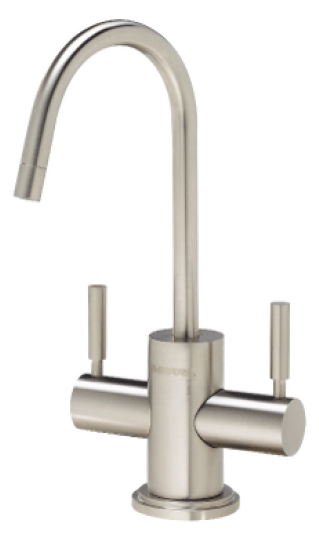
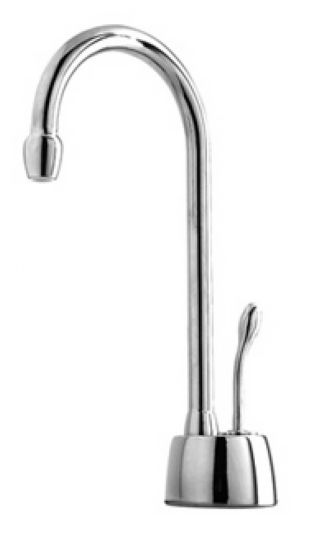
You may want to include a garbage disposal as well; make sure to choose one that fits your sink drain.
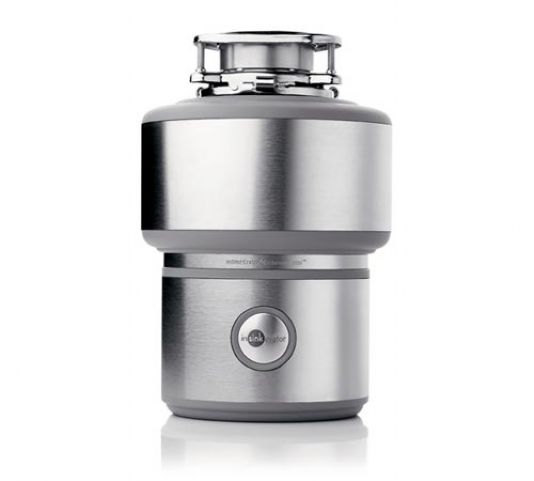
Some faucets also have integrated water filtration for clean drinking water; if you drink a lot of tap water, a filtering system will save you time and money.
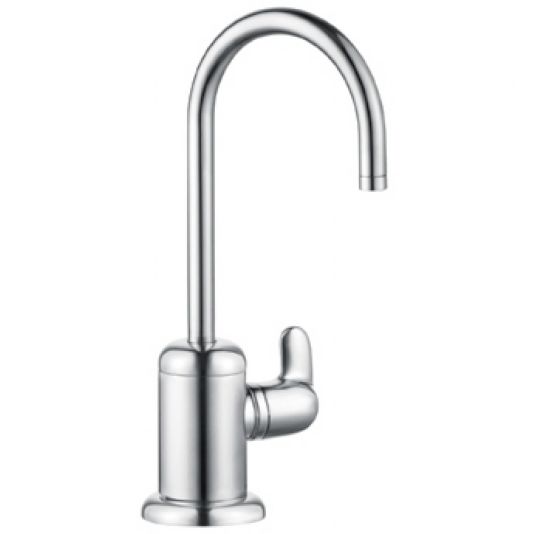
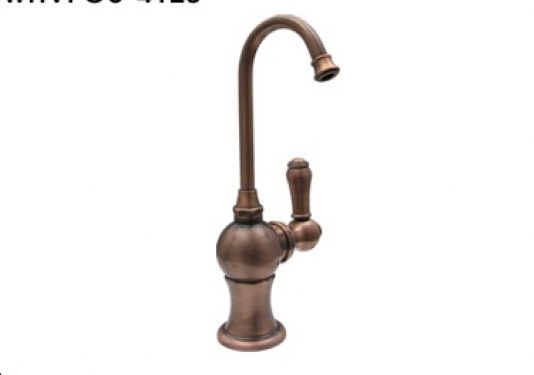
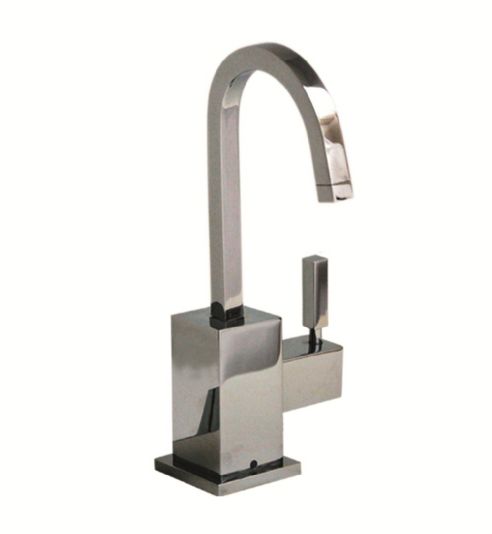
If you do a lot of cooking with big pots, think about adding a pot filler above your stove – no more lugging heavy, full pots back and forth from the sink to the stove!
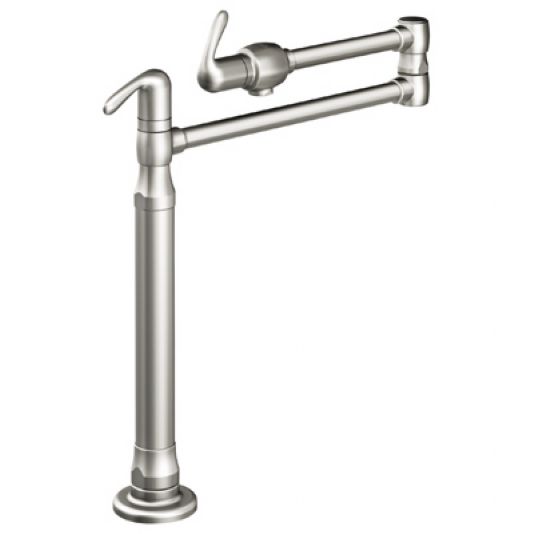
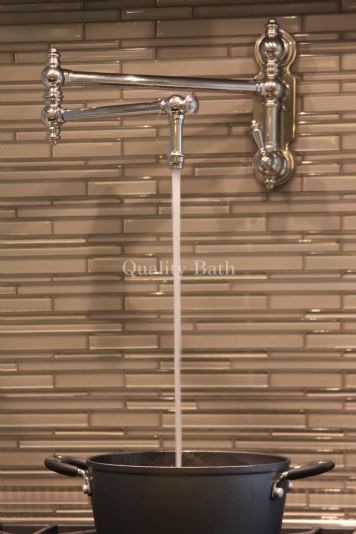
You did it! Now enjoy your new, complete kitchen sink. You may even find yourself wanting to wash the dishes!

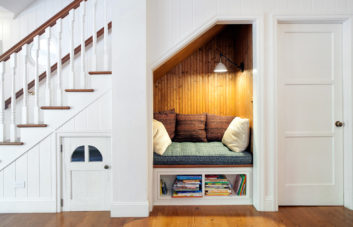
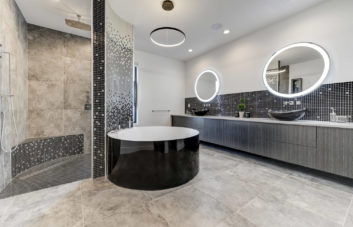
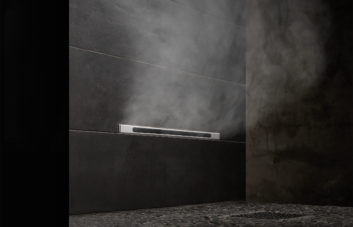
Keep this going please, great job!
whoah this weblog is great i like reading your posts.
Keep up the good work! You understand, lots of individuals are searching around for this information,
you can help them greatly.